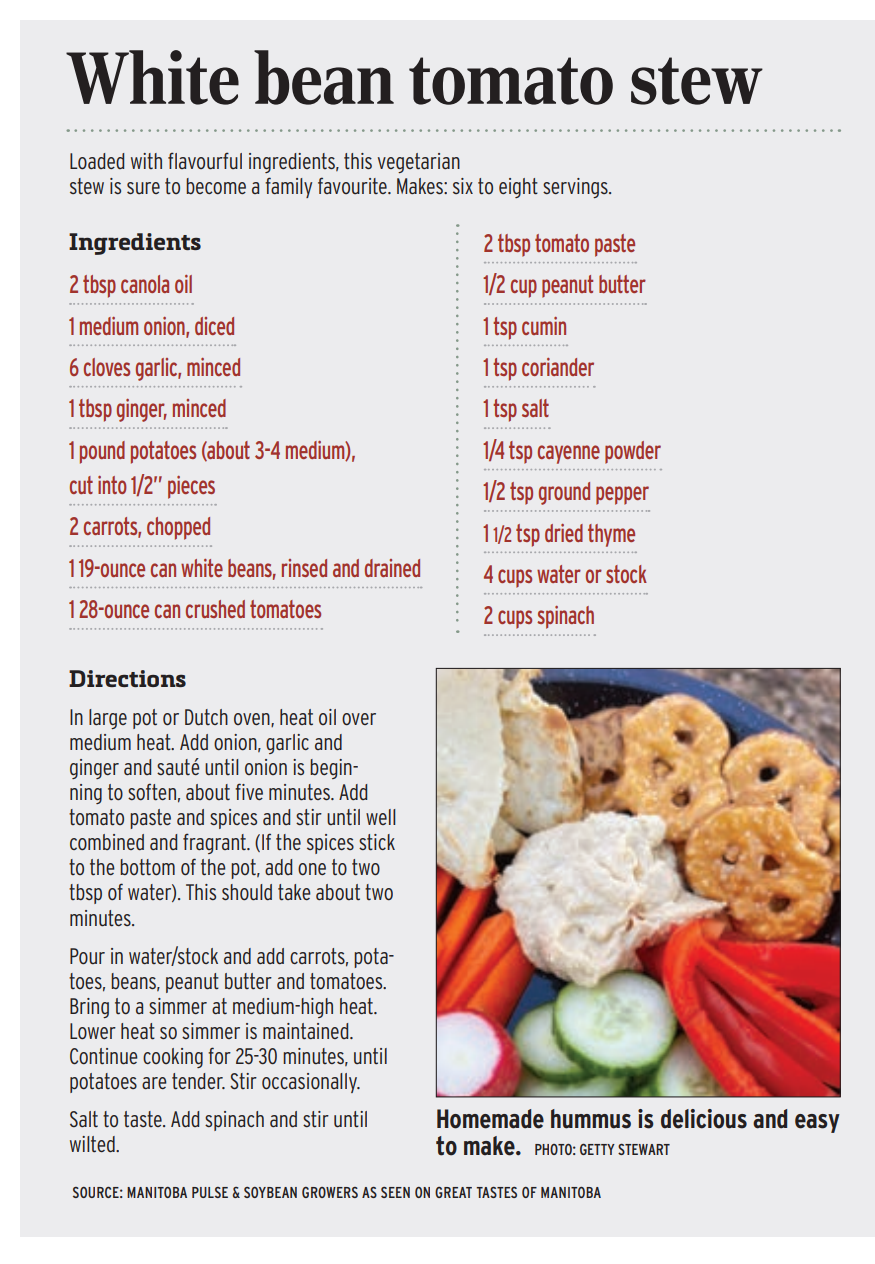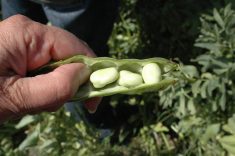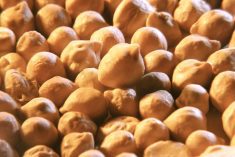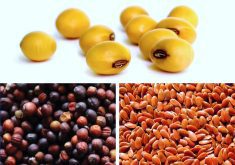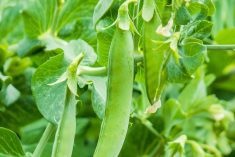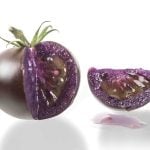Pulses are among the hidden treasures of the Prairies. Packed with protein, fibre and a wealth of health benefits, pulses like lentils, chickpeas, dry peas and dry beans are waiting to be discovered.
Pulse versus legume
The words pulse and legume are not interchangeable. Legume is the broad term for plants from the Fabaceae family. Pulses are dried, edible seeds that come from these plants.
Read Also

Grazing ‘sweet spot’ boosts pasture performance
Timing-focused approach to pasture management touted to boost forage growth, livestock gains while also cutting farmer labour and inputs
That definition discounts some legumes, like fresh garden peas or beans. Others, like soybeans and peanuts, are also separate, “because they have a much higher fat content, whereas pulses contain virtually none,” Pulse Canada’s website notes.
For home cooks, all that really matters is that pulses are delicious, nutritious, affordable and grown here on the Prairies.
Canada is one of the world’s biggest pulse producers. Saskatchewan grows the most chickpeas, peas and lentils nationwide, while Manitoba is the largest producer of dry beans.
Very little of that actually makes it onto Canadian plates. Canada is the biggest pulse exporter in the world. Over 80 per cent of what is grown domestically is shipped elsewhere, including 74 per cent of field peas and 81 per cent of lentils.
Pulse power
Pulses are dynamos of nutrition, offering an exceptional blend of protein, healthy carbohydrates and fats. They’re also filled with fibre, folate, iron, potassium and magnesium.
Various research suggests that including pulses in our diets can support digestion, manage weight, lower cholesterol, regulate blood sugar, promote heart health and, as a consequence of some of those benefits, may even reduce cancer risk.
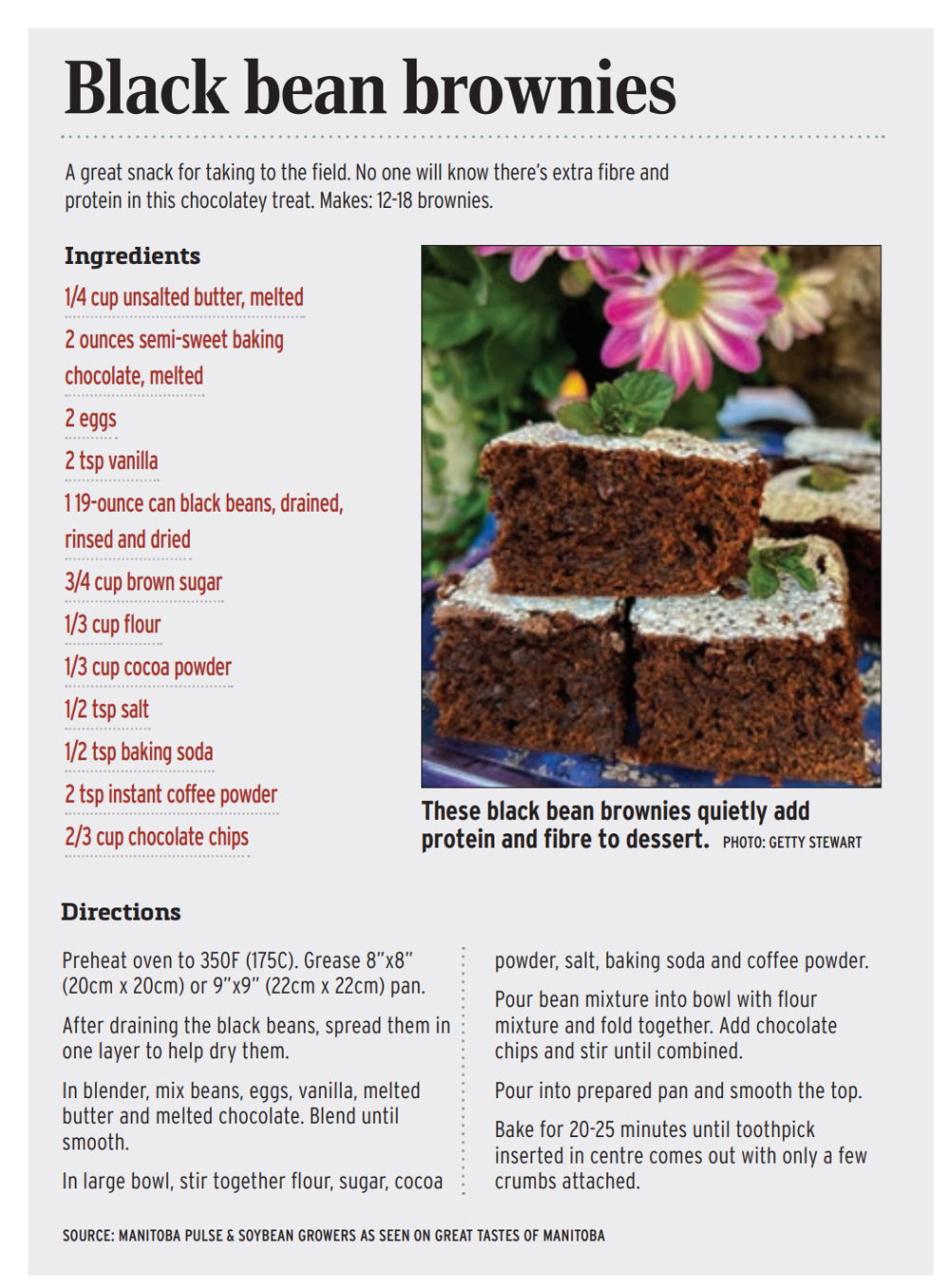
Adding pulses to the menu
Pulses are versatile and offer many possibilities beyond the typical chili or split-pea soup. Consider using them in dips, pasta dishes, salads, casseroles, creative soups, stews, burgers, smoothies and even baking.
Enjoy them whole, split, mashed or even ground into flour. Use them as the star of the show or combine them with meat for added texture and flavour.
Both canned and dried pulses are an affordable way to add more nutrient density to meals. For canned pulses, simply rinse, drain and use. When using dried pulses, most benefit from pre-soaking for a softer texture, fewer split skins, easier digestion and shorter cooking time. Smaller pulses like lentils, mung beans and split peas do not need soaking.
Follow these steps to properly prepare larger dried pulses:Rinse and discard broken pulses and any debris.
Add pulses and fresh water to a large bowl that will accommodate them when they swell two to three times their size. Use a ratio of three cups of water to one cup dry pulses.
Soak for 10 hours or overnight.
After soaking, drain and rinse. Add to large pot using a ratio of three cups water to one cup pulses. Simmer for 60-90 minutes, or pressure cook for 20-30 minutes, according to your pressure cooker.
Add herbs, spices and aromatics to the cooking liquid for added flavour, but wait to salt your pulses until after cooking for optimal tenderness.
Store cooked pulses in the fridge for three to five days, or freeze in convenient portion sizes for up to a year.
Next time you’re planning meals, consider where you can add these Prairie-grown gems. With their versatility, affordability and health benefits, pulses deserve a prominent place on the table.
Getty Stewart is a professional home economist and food educator helping home cooks select, store and serve everyday fresh food. For more recipes, preserves and kitchen tips visit www.gettystewart.com.
